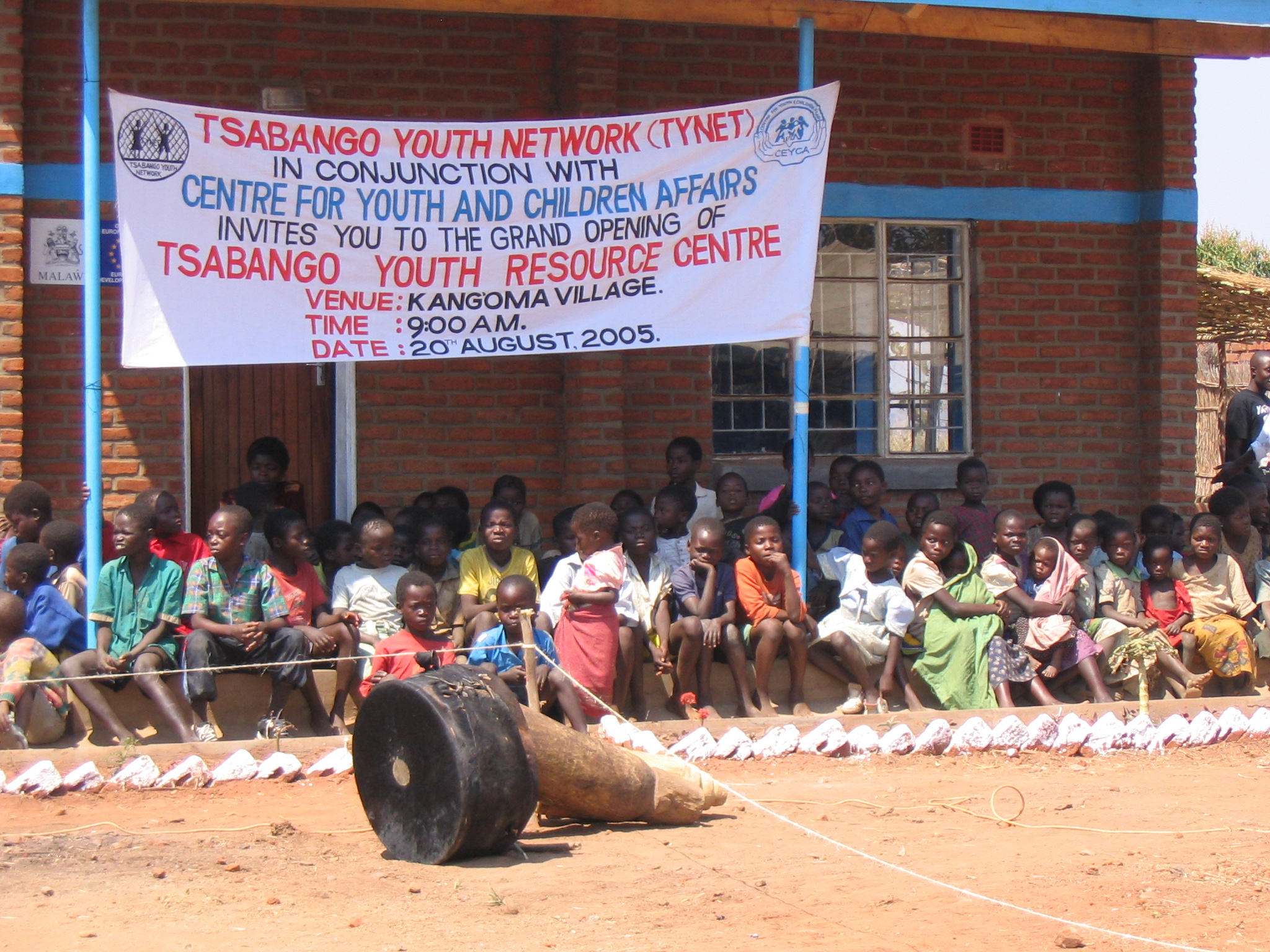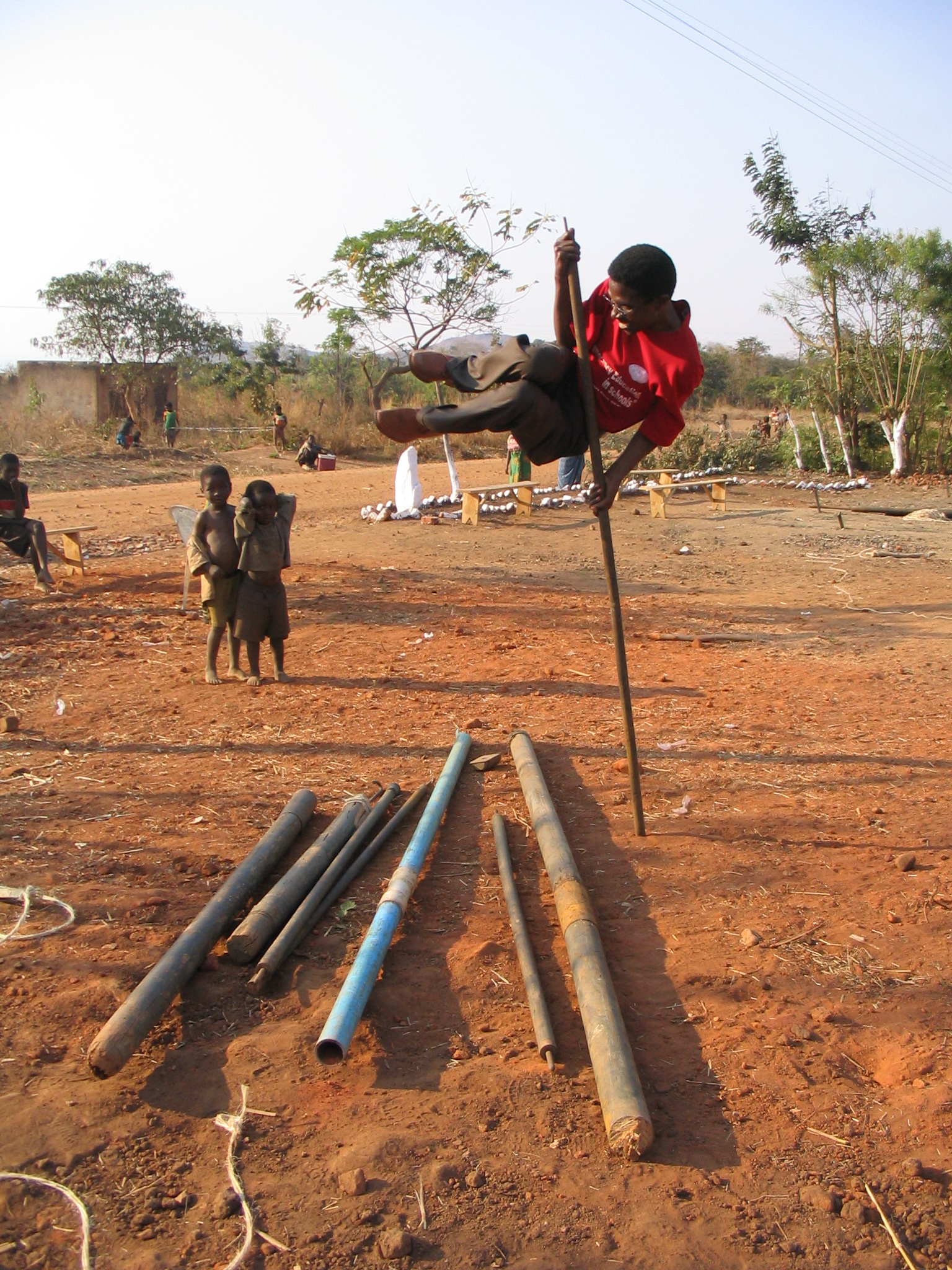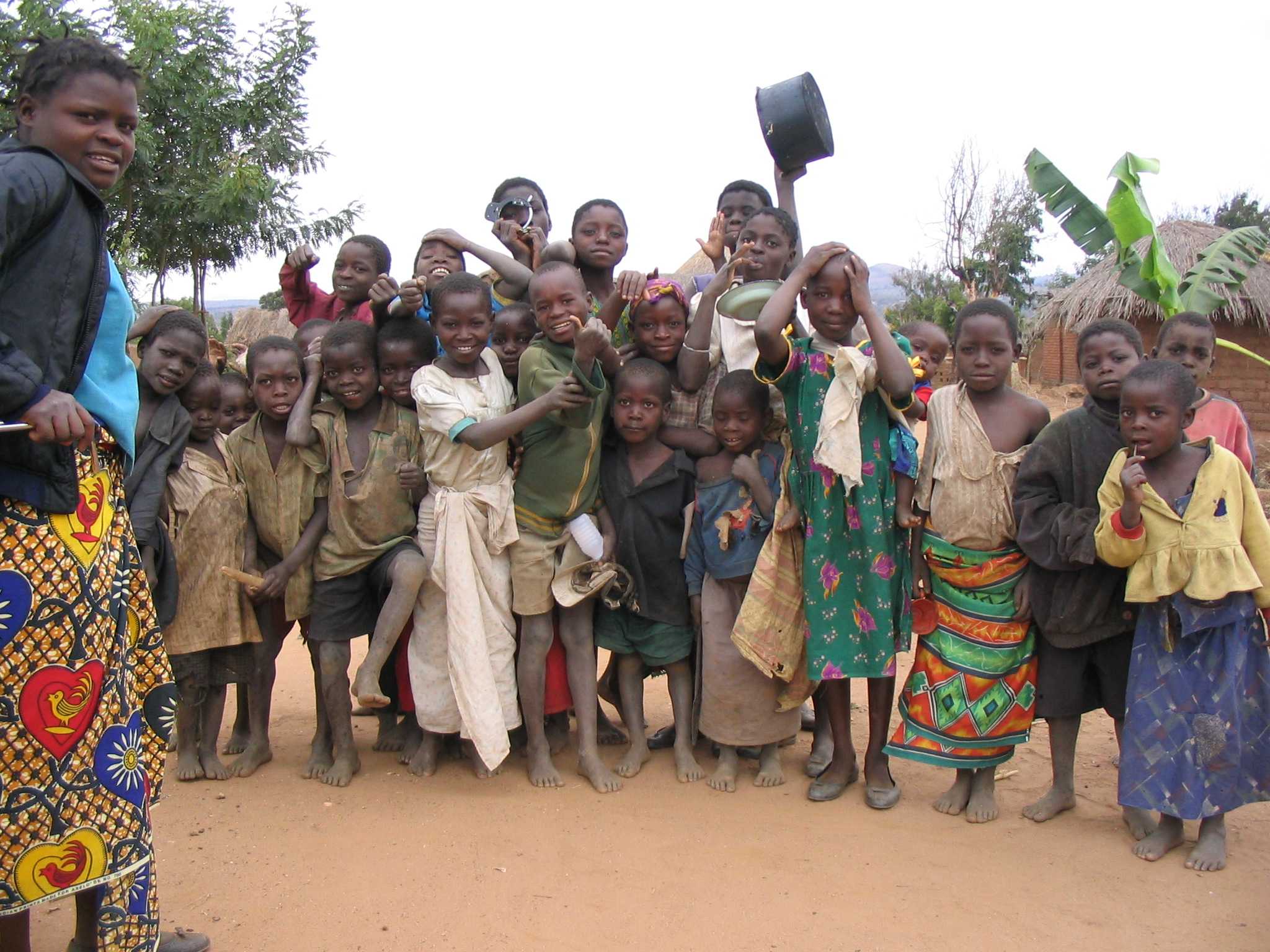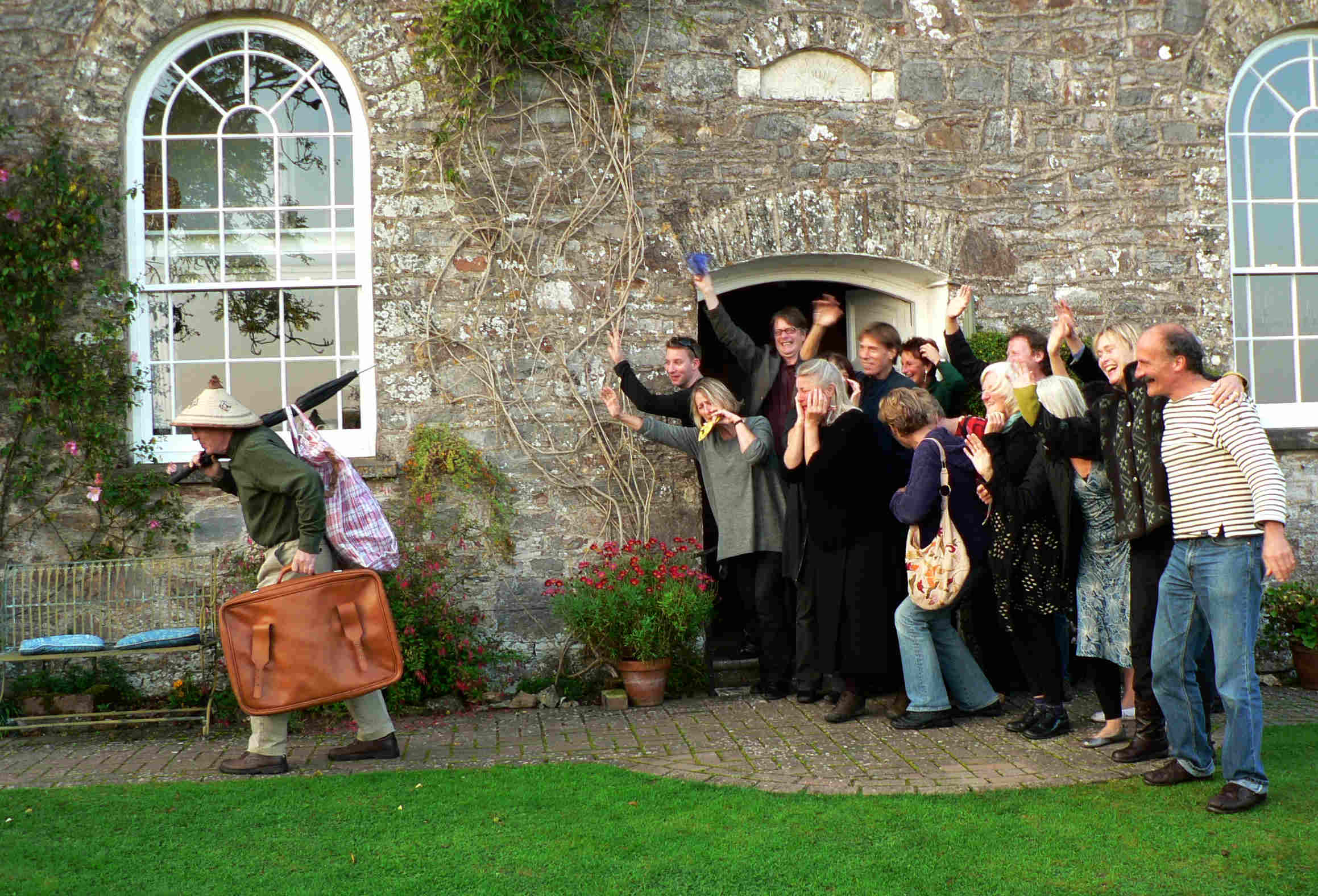Malawi 2004 – 2007 |
||
Link to “Malawi Collection ” Link to "Paul's Travels Contents " |
||
|
Introduction to the Malawi Collection |
|
My stay in Malawi was the result of a volunteer placement with Voluntary Services Overseas (VSO) based in London but working at that time in more than forty countries. Malawi, in common with all of the Southern part of Africa was experiencing high rates of HIV infection. Medication was available but in its early stages and before this time AIDS,
conditions contracted after the HIV virus had weakened the immune system, was seen as a death sentence. Knowledge levels were generally low, medication not always easy to access,
and there was widespread stigma attached to people with HIV. Along with this, generalised abusive and dismissive attitudes to women left many
without protection and support. Men often pressured women into unprotected sex, a sizeable number depended on the sex industry for the means
of sustaining life, and monogamous women were often blamed for contracting HIV from their husband. Young people were also ill equipped to protect themselves and two attitudes were commonly heard: It was not unusual for middle class Malawians to choose death rather than admit to being HIV positive and seeking help. It was largely taboo to mention HIV/AIDS at funerals. My placement was to use sport as a vehicle for reaching young people with HIV/AIDS knowledge, information and messaging. As a result I was placed with CEYCA (the Centre for Youth and Childrens Affairs), a small organisation based close to the main market and bus station in the capital city of Lilongwe, but covering Central Region, especially Tsabango, a rural area of villages outside the city. My role was to support the development of CEYCA but developed beyond that into direct work with young people as the placement developed. CEYCA (Centre for Youth and Children's Affairs) A great deal of time was spent working with the young staff of CEYCA to build skills, understanding and confidence alongside a very skilled and intelligent Director in his 40s and an experienced Youth officer. If this sounds a slick operation, it was far from it. Nothing progressed in a straight line, some projects started strongly and failed and then spluttered into life again. Some only lasted a short time. A great deal of problem-solving took place. Always, hidden and visible personal, organisational and official politics were part of daily life. In spite of that we all learnt a huge amount and formed great affection for each other. The main areas of work were: b) Development of activities linked to the youth group and centre and training young people c) Sports and HIV
Malawi was consistently in the bottom five countries in the UN poverty index.
Most children did not attend past primary education, with girls often failing to attend and to drop out early. Many girls were subject to
sexual abuse and early marriage. There were large numbers of orphans, often cared for in large numbers by ageing
grandmothers or living in child headed households. Traditional religious beliefs sat alongside strong Christian identity with its most visible aspects in Gulewamkuli dancing, marriage and funeral rituals, traditional healing and defined gender roles. In the village Gulewamkulu dancers were traditionally seen as the true embodiment of ancestor spirits and exposing them could lead to death. By this time much of those beliefs had weakened and dancers had a mixture of traditional and modern costume items. Dancers were rewarded for energetic displays by contributions of small value notes thrown at their feet and children still feared them. They attended village events and funerals. Children took a strong role in farming and girls in household chores. Small children were
cared for by their older brothers and young girls often carried babies on the backs. The parents did not deal in intimate conversation with
children as this was seen as weakening discipline. Personal education was the role of mother’s sister (auntie) or father’s
brother (uncle). Father , mother, auntie and uncle were used as terms of respect based on age to any member of the village. Women’s
clothes were conservative with the main item of clothing, a chitenge, or wrap of cotton or polyester material wrapped around the waist
down to the ground. Village women covered hair with a cotton headdress. Urban women often wore tailored two piece skirted suits with more elaborate headdress. |
||
|
||



